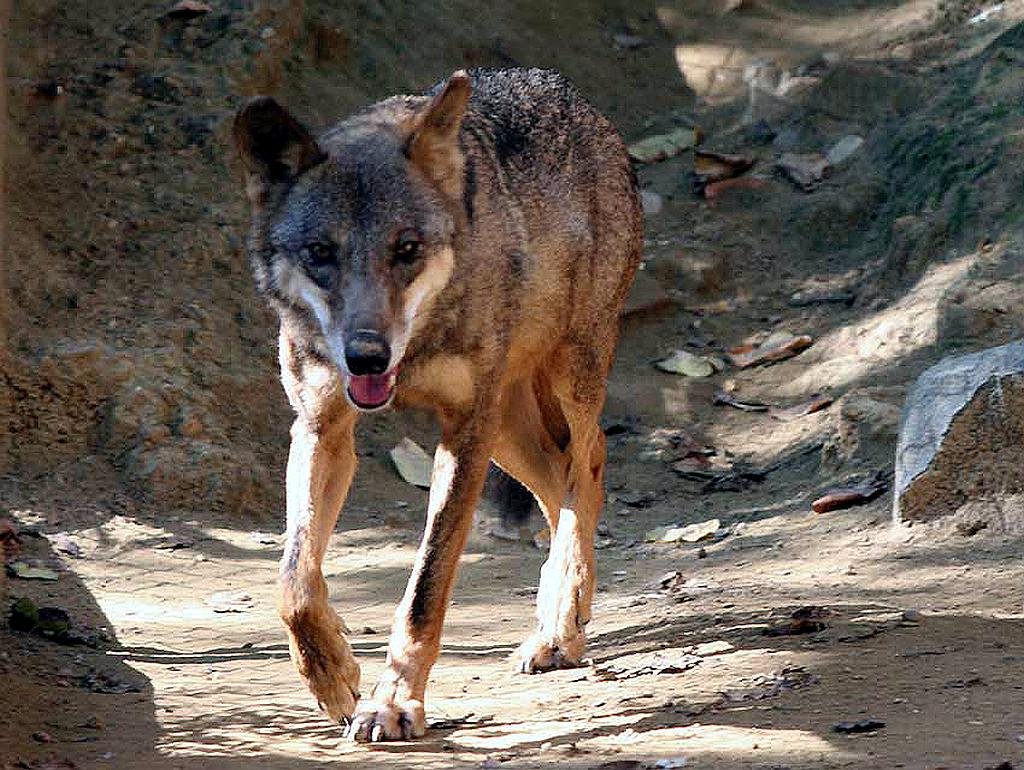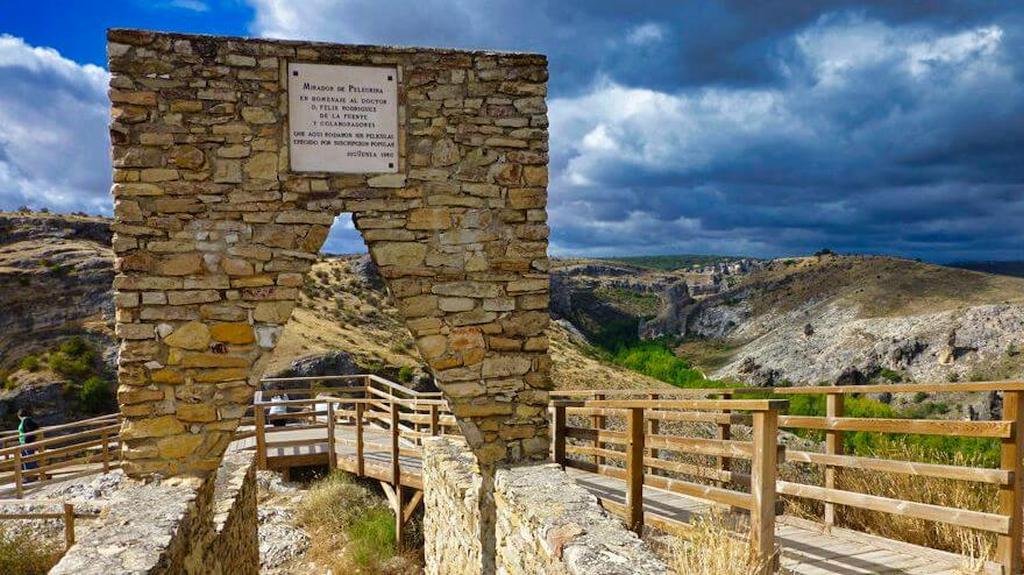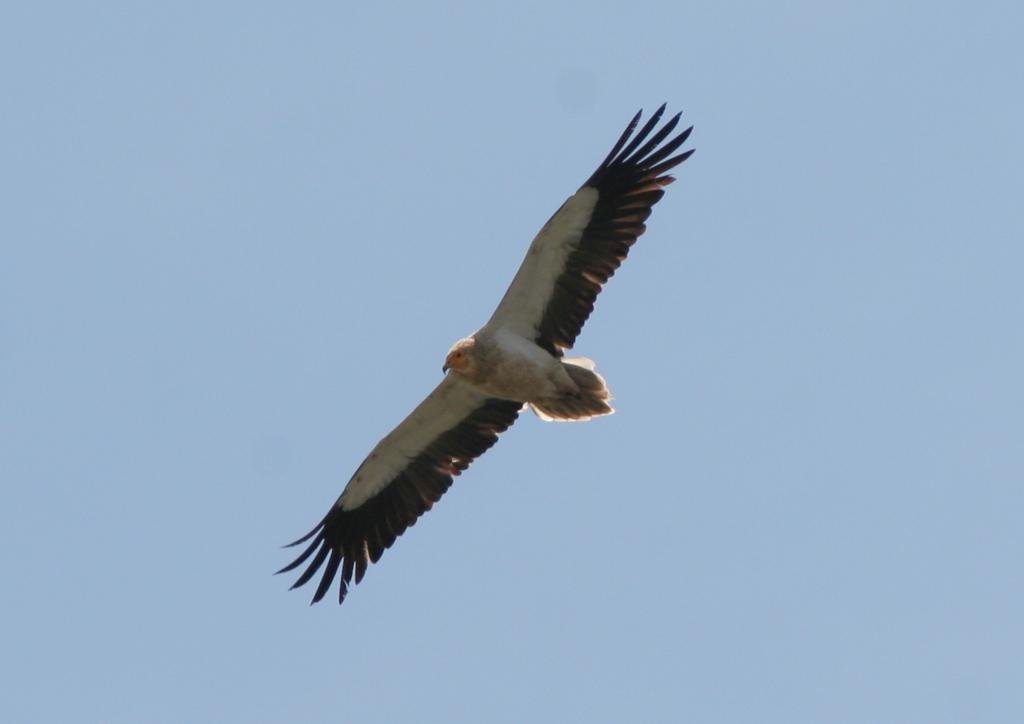Iberian wolf hunting ban
After almost becoming extinct in Iberia in recent times, The Spanish government announced last week that there will soon be a complete Iberian wolf hunting ban in Spain. (“In the next few days we will add the wolf to the list of protected species,” said Environment Minister Teresa Ribera). Of great satisfaction to all the … Read more


